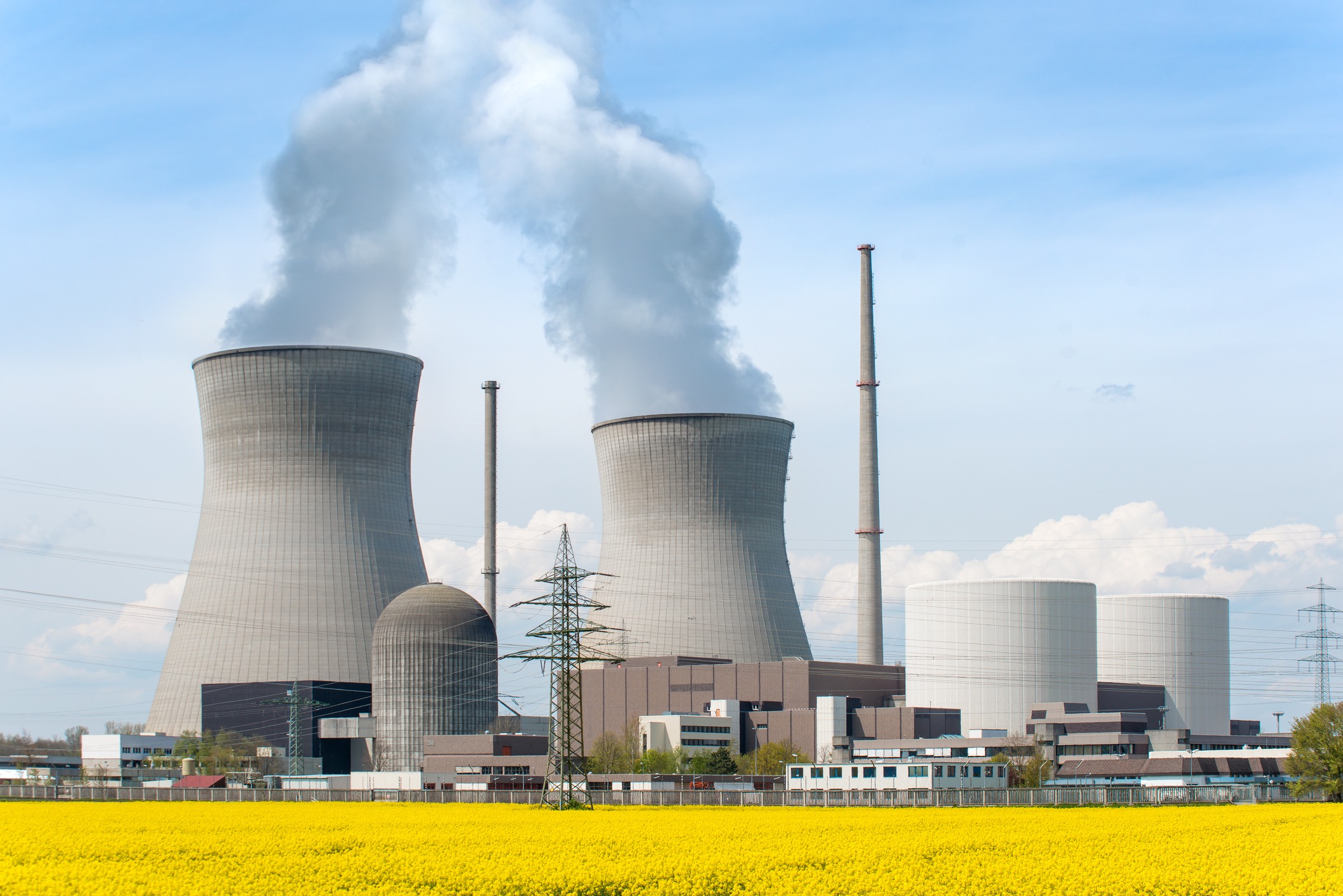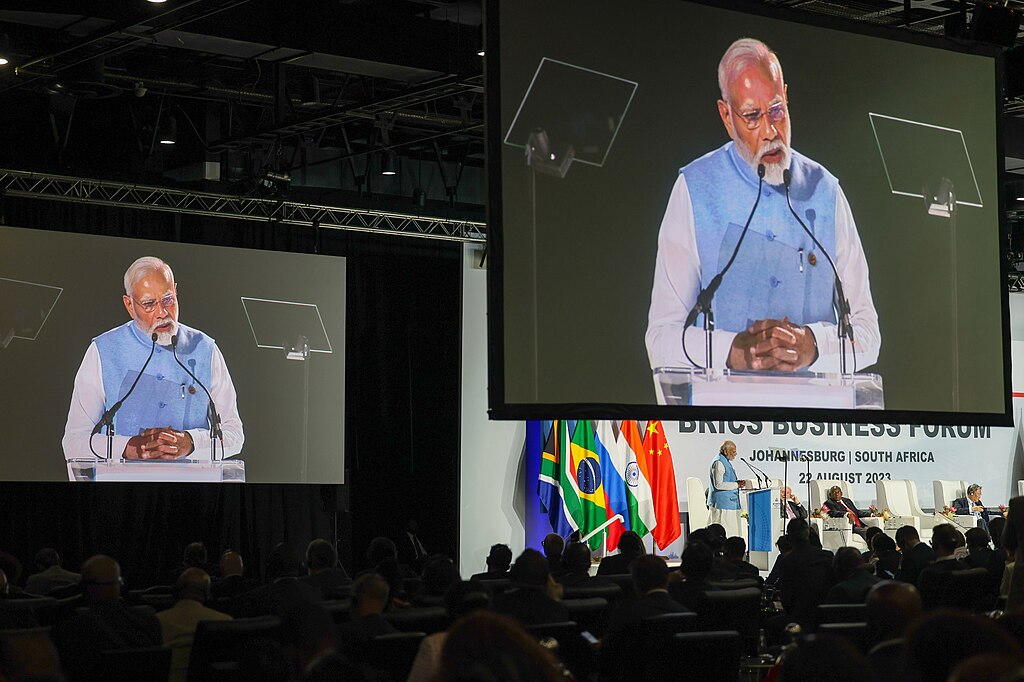Nuclear Energy in India’s Energy Mix
CENTRE FOR AIR POWER STUDIES
APLN Senior Research Adviser Manpreet Sethi analyses why India is steadfast on its nuclear power programme, though it is currently contributing only about 2% to the electricity share, and compares it with Germany’s decision to phase out nuclear energy.
Two contrasting developments in the nuclear energy domain caught public attention last year. In Europe, Germany shut down the last of its 17 nuclear reactors and bid goodbye to nuclear energy in April 2023. Meanwhile, in Asia, India’s 23rd nuclear reactor, Kakrapar 3, began commercial operation in July 2023. Earlier this year, India announced an ambitious nuclear expansion, planning to add 18 new nuclear power reactors with a capacity of 13,800 MWe by 2031-32. The Nuclear Power Corporation of India Limited (NPCIL) has announced that with these additional units, the total share of nuclear power in India’s energy mix will rise to 22,480 MWe by 2031-32 from the current capacity of 8,180 MWe.
Why is India steadfast on its nuclear power programme, though it is currently contributing only about 2 per cent to the electricity share, while Germany, which was once getting 22 per cent of its electricity from nuclear, decided to dispense with it? The answer to this question lies in the unique circumstances of each country which make it choose the sources of electricity generation in its national energy mix.
Understanding Germany’s Decision to Phase Out Nuclear Energy
Germany took the decision to phase out nuclear energy two months after the March 2011 nuclear accident in Fukushima, Japan, which severely shook public confidence in nuclear safety. Succumbing to the pressure from Green parties, the government announced that all of the 17 operational nuclear reactors in Germany, which were then producing about 22 per cent of the country’s electricity, would be phased out by 2022. By 2020, 11 of the 17 plants had been shut down, and Germany was down to producing only 13 per cent of its electricity from nuclear energy. Thirty per cent was being generated from coal-fired plants and 47 per cent from renewables. To its credit, the country had, in a decade, become a front-runner in the use of renewables for electricity generation. However, several German business and industry leaders argued in favour of nuclear energy for the sake of having a reliable baseload source of electricity. Many expressed concern that the loss of nuclear electricity could end up pushing the country towards greater use of coal, thereby increasing its environmental emissions.
One challenge, though, that Berlin had not accounted for while taking the decision to shut out nuclear energy was the disruption in its energy relations with Russia, a major supplier of natural gas to Germany. The Russia–Ukraine conflict cast an ominous shadow on Germany’s energy scenario, and the country had to push back its planned date of shut down of the last reactor from 2022 to one year later so as to make time for securing electricity from other sources.
The German decision of a nuclear phase-out in 2011 was only in part triggered by the anti-nuclear inclinations of the political firmament of the time. It was also facilitated by several national socio-economic realities. These included a stable population with high per capita energy consumption of above 7000 kWh; a surplus national electricity market that had been exporting electricity to the tune of about 15 billion kWh; a forecast of as low as 1.1 per cent per annum growth of electricity; the option of making up for the loss of electricity caused by the shutdown of nuclear plants by importing more coal from Poland, more gas from Russia, and even electricity from France and Czechoslovakia. Germany, therefore, had the luxury of removing the option of nuclear electricity from its energy basket. Not many others enjoy this situation. India certainly does not.
The full article can be accessed on the CAPS website here.
Image: iStock/ake1150sb




